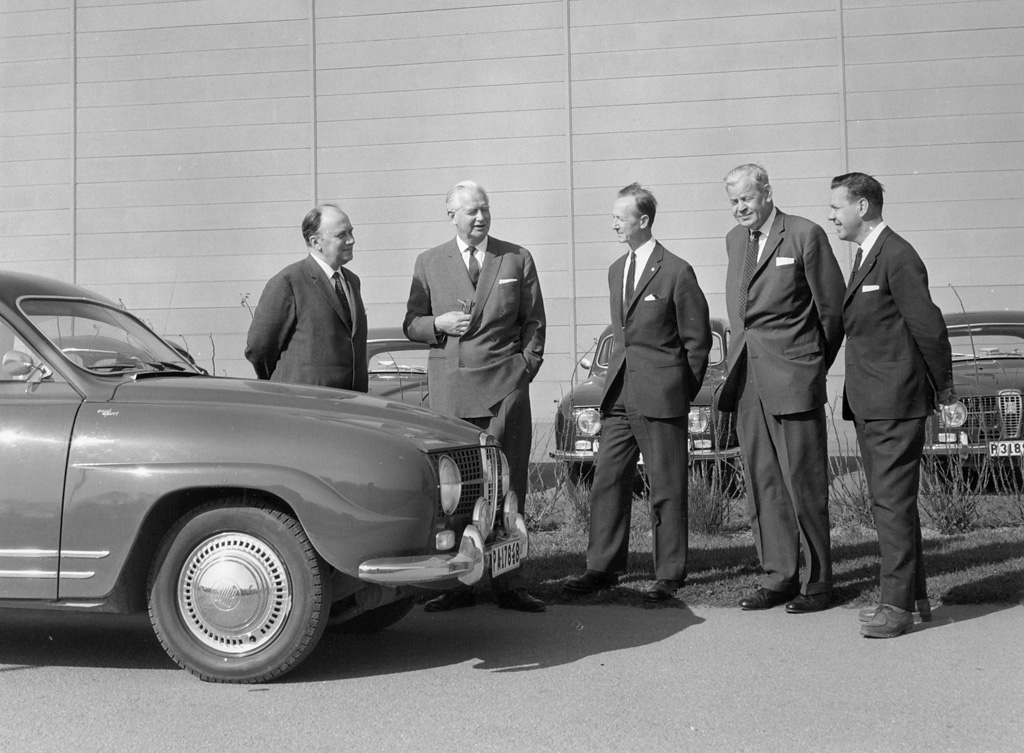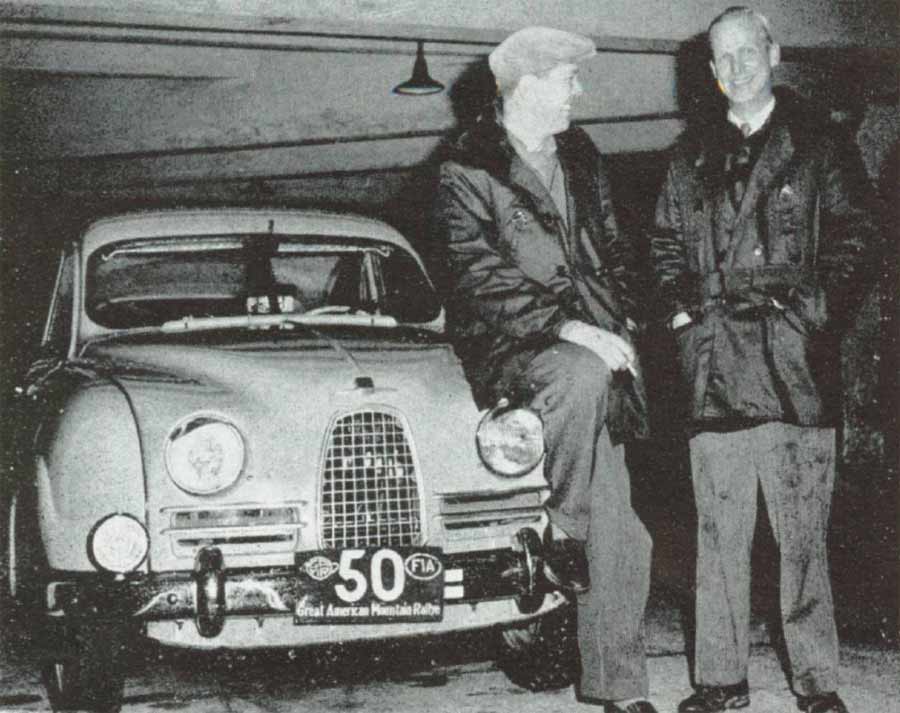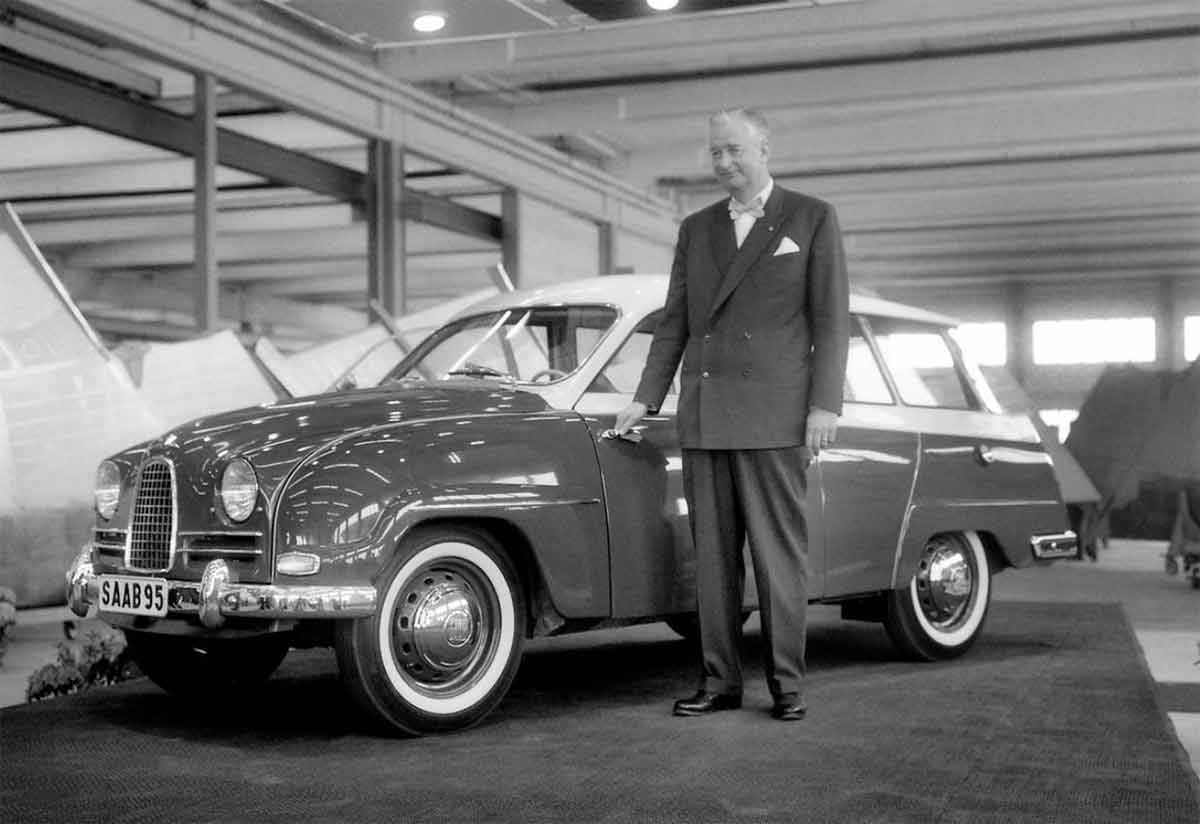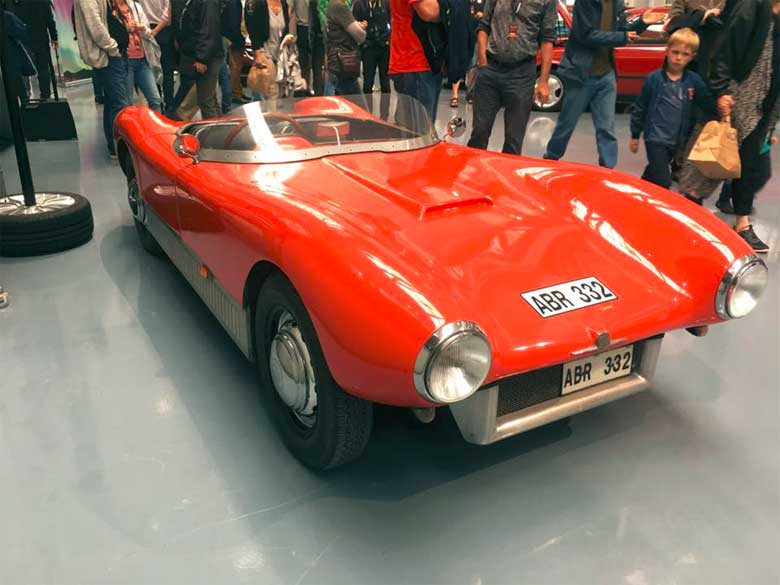Olle Granlund, who worked as a test engineer in Saab’s engine laboratory in the late fifties and sixties of the last century, presented his valuable observations on the adoption and development of four-stroke engines at the Saab company. Olle presented the transition to four-stroke engines as a salvation for the Saab company at the time, which was pressed by a large global competition.
Table of Contents
Increasingly strong automotive competition
In the early years of the 1960s, the Saab factory went for high pressure and sales increased by an average of 10% per year. However, competition in the market was constantly increasing and new cars in the same size class as the Saab 96 were introduced. Examples of these were Volkswagen, Volvo 444, Opel, Fiat as well as English cars from Morris, Triumph etc.
In 1966, a new modified two-stroke engine with triple carburetors and higher power was introduced, while the oil content was reduced from 3% to 1.5%. With a lower oil content, the formation of smoke is reduced, which was considered unsatisfactory by customers on older models.
Competition and a drop in sales caused the switch to four-stroke engines
However, what was decisive for sales was the increased fuel consumption, which was perceived by the customers as completely unacceptable, and sales fell by approx. 30% in the important Swedish market. In total, sales fell from 48,500 cars to 37,000 cars if you compare the years 1966 with 1965.
The company management naturally noted this sales slump with great concern and Rolf Mellde, who was technical manager, realized at an early stage that something had to be done. Mellde became increasingly convinced that a four-stroke engine was the only option to get out of the increasingly unmanageable situation.
The two-stroke engine, which had performed excellently throughout the years and contributed to great success in rally competitions, was no longer competitive in the increasingly tough market.

Early testing of four-stroke engines in Saab 96
Already during 1962-1964, some preliminary studies were done with four-stroke engines by, among others, a. Kjell Knutsson, test engineer at the engine lab and Ingvar Andersson, mechanic at the same department. The cars that were used at the time were 96s with a “short nose”, which of course made installation difficult due to limited space in the engine compartment.
The team at Saab’s lab made three different installations of potential four-stroke engines, which were installed in test Saab 96 models:
- Lloyd Arabella engine of 897 cc and 45 hp. Lloyd which had been lodged in Borgward went bankrupt in 1961 but the car was built until 1963.
- Morris Mini Minor engine of 848 cc and 33 hp. This was a transverse installation of a complete drive unit with the gearbox mounted in the engine crankcase.
- Lancia Appia engine of 1089 cc and 48 hp. The engine, which was a V engine with 10° between the pairs of cylinders, had a common cylinder head and two low-positioned camshafts. The engine can be said to be of a modern design with block, cover and oil sump made of aluminium.
Success after project rejection
Despite the limited space, the installations were successful and Mellde’s ambitions to introduce a four-stroke engine were strengthened, but due to different opinions within the top Saab management, Mellde’s plans were not heard and were stopped by Tryggve Holm.
With his strong conviction, Mellde contacted Marc Wallenberg, son of Marcus Wallenberg, Saab’s largest shareholder. This was a risky strategy as he went behind the backs of his immediate superiors. Marc bought Mellde’s argument and convinced his father, and a couple of days later Tryggve Holm called Mellde and asked him to start the four-stroke project.
Mellde had succeeded, and in retrospect one can always speculate whether Saab would have survived without this engine change. However, Tryggve Holm had a requirement that cars with two-stroke engines should continue to be manufactured and sold during a 5-year period.

SAAB Was Saved (for the umpteenth time)
As Olle Granlund himself believed, Looking back, he believed that the introduction of the V4 engine in the Saab 95/96 meant that Saab managed to overcome a crisis (just one of many crises), which was much more serious than most knew. . Thanks to the persistent efforts of Rolf Mellde, Saab was saved and they could concentrate on the development of the Saab 99.
When the last Saab 96 car with a V4 engine rolled off the line on January 8, 1980 at the Nystad factory in Finland, there were 330,171 Saab 96s, 81,201 Saab 95s and 9,961 Sonnets produced. The Saab 95 ceased production on February 1, 1978.











